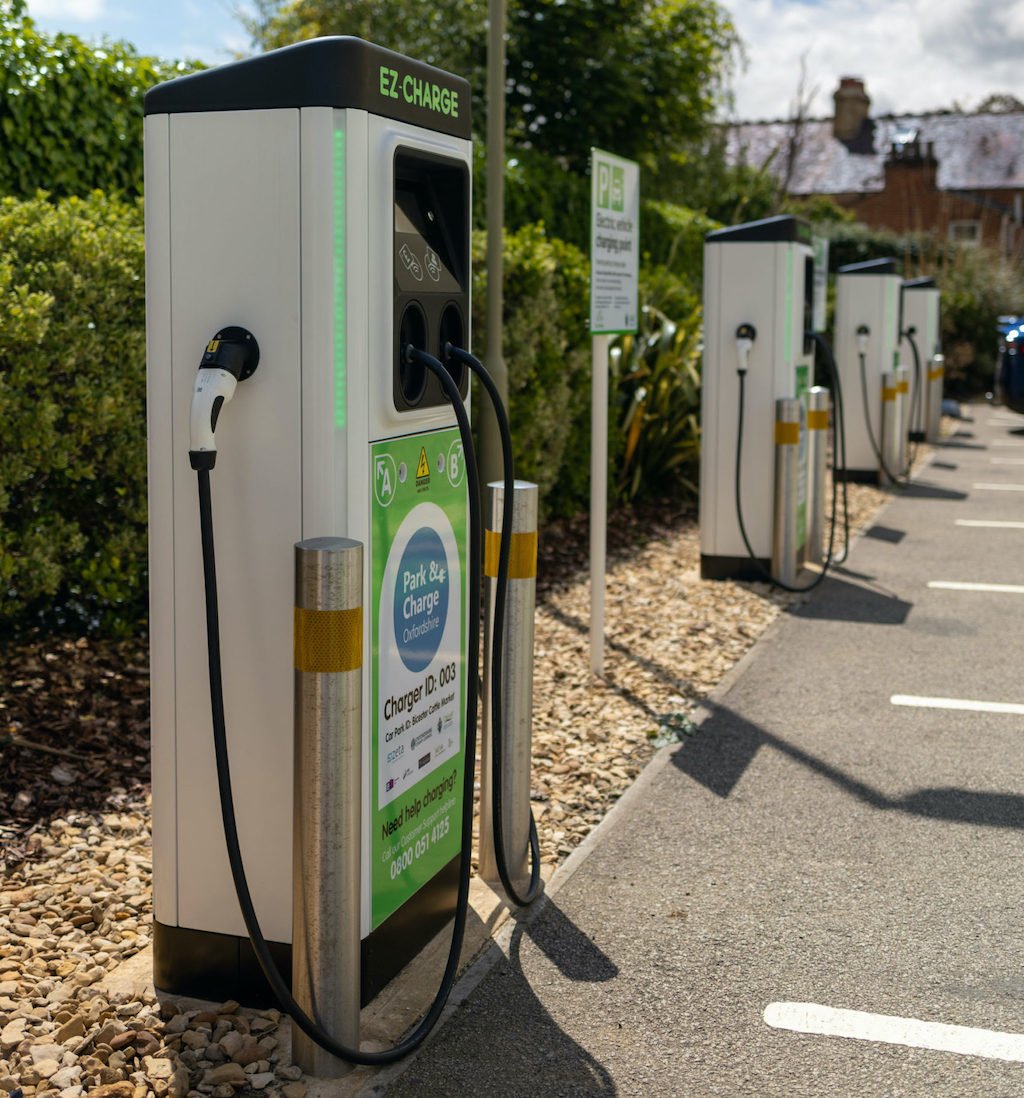Zap-Map survey reveals changes in use of EV charging networks
Zap-Map, the app for electric vehicle drivers to search, plan and pay for charging, has published its latest EV Charging Survey, offering a deep dive into understanding the shape and use of Britain’s EV charging network.
The annual EV Charging Survey, which is based on the responses of more than 3,000 EV drivers across the UK, provides direct insight into the experience and behaviour of a unique sample of EV drivers, and how this behaviour has changed over time.
With the vast majority of EV drivers (93%) continuing to use the UK’s public charging networks, and 40% using public chargers at least once a week, the survey found a significant increase in both the installation and use of high-powered, ultra-rapid charging devices across the country in 2021.
Rapid chargers (25kW – 99kW) are used the most, but the survey found that 27% of EV drivers now use ultra-rapid chargers – up from 16% in the previous survey.
In part, it says, this increase is driven by the growing number of ultra-rapid chargers available, up 60% in 2021. However, it also provides “a clear indication that the new ultra-rapids are fulfilling demand from EV drivers travelling longer distances, with most new EVs now able to charge at the higher speed.”
Ultra-rapid devices are 100kW+ chargers, and used mainly for en route charging, when drivers are looking to charge as fast as possible. For this reason, and because drivers want to be confident that such devices will be available, another trend is the growth in EV charging hubs.
Typically groups of between four and ten charging devices, these hubs predominantly offer rapid or ultra-rapid devices that typically enable drivers to add between 70 and 200 miles of charge in around 30 minutes.
As a result, the survey also found that networks installing these charging hubs saw particularly high increases in demand. InstaVolt, for example, was used by 42% of EV drivers – from 26% previously. GRIDSERVE Electric Highway, at 29%, proved popular for its first year, while high-powered networks IONITY and Osprey also saw very strong increases in the proportion of EV drivers using their chargers.
While charging hubs demonstrated the most growth in terms of use, supermarkets and motorway service areas retained the top two positions, with 52% and 50% of respondents respectively, saying they regularly used these locations.
The survey also revealed exceptionally high satisfaction among EV drivers, who are increasingly confident about driving long distances, and less than 1% reported wanting to go back to petrol or diesel.
Melanie Shufflebotham, Zap-Map Co-founder & COO, commented, “As the number of EV drivers on the road approaches half a million, robust charging infrastructure is essential, and the public charging network is growing and developing to meet these changing needs.
“We know that EV charging use cases are diverse, as the survey makes clear, and we absolutely need a range of charge speeds to match them. However, amongst other considerations, the demand for high-powered chargers revealed in this report indicates that ultra-rapid chargers and charging hubs continue to be a crucial area of investment – for the simple fact that they make long journeys easier.”

